Workplace bullying can be as subtle as a sly smirk or as blatant as hurtful comments. But no matter its form, it’s a problem that affects many people out there. In this article, we’ll help understand how to spot workplace bullying, offer strategies to put an end to it, and share tips on how to heal from workplace bullying. So, let’s dive in and tackle this issue head-on.
KEY POINTS
- Workplace bullying is a type of degradation ceremony in which the target suffers a character assassination.
- Workplace abuse inflicts a moral injury when the institution refuses to address the harm done.
- Institutional betrayal occurs when organizations fail to honor and protect those it employs.
- Post-traumatic growth invites targets to emerge healthy and self-empowered despite the pain suffered.
A teacher is bullied on the job, subjected daily to colleagues who leave her out of department team meetings, pretend not to notice her when they pass in the hall, and feast on lunchtime gossip as they busily rewrite her narrative.
In the classroom, however, she is beloved by her students, who feel cared for and seen, and by parents who have witnessed their children excavate the joy of learning previously lost in the halls of school.
Reeling from the ostracization and devastated by the character assassination, the teacher reaches out to her administrators for help, but instead of encountering a compassionate ear and proactive attitude, her concerns are dismissed, and she is labelled as the aggressor.
This flipping of the script awashes her with shame, diminishing her passion for a job she considers a vocation, and causing her to doubt her extensive expertise and self-worth.
Following months of trauma-informed therapy and deep dives into the literature surrounding workplace abuse, this teacher finds solace in naming what happened to her. There is great power in defining the unfolding, and situating the experience inside a larger narrative documented by research.
Related: The 6 Stages Of Workplace Bullying
How To Spot Workplace Bullying
Workplace bullying is the denigration of a person’s character through gossip, manipulation, gaslighting, sabotage, exclusion, and ostracization in an attempt to revoke their belonging at work, in the community, and, more tragically, at times, themselves (Suskind, 2023).
The teacher above, like many individuals across diverse employment sectors who work in toxic cultures, was subjected to a degradation ceremony, a term first coined by sociologist Harold Garfinkel (1956).
A degradation ceremony is a cyclical process set off when an individual joins a work community that operates within strict group norms, and neither embraces nor tolerates difference.
Inadvertently, the employee breaks these group norms typically by exhibiting one or more of the following four benevolent characteristics: She is an expert in her field, and her accomplishments spur jealousy; she is an innovative thinker and questions ineffective policies and procedures; she is highly productive and recalibrates the status quo; or she is exceptionally ethical and calls out wrongdoing.
In retaliation, those with power, either managerial or social, employ weapons such as gossip, sabotage, and ostracization in an effort to enforce her silence and discredit her work and contributions through targeted character assassination.
The conclusion of the degradation ceremony is often punctuated by DARVO (Deny-Attack-Reverse Victim and Offender), a phenomenon first named and described by Jennifer Freyd (1997), in which the aggressor denies the abusive behaviour, attacks the victim for speaking out, and crafts a fictional rewrite in which the victim is labelled the aggressor.
DARVO is a highly effective tactic, causing witnesses to view the victim’s story as less credible and the offender’s actions less egregious (Harsey and Freyd, 2020).
When such flipping of the script transpires in the context of a work community, especially when that organization is charged to serve the greater good—as is the case with K-12 schools, universities, hospitals, and non-profits—the victim suffers a moral injury embedded within institutional betrayal.
A moral injury, according to Jonathan Shay (2014), who first conducted his research with war veterans, is a violation of what is right (character assassination and ostracization) by someone with formal or informal authority (colleagues with social power or administrators), in the context of a high stakes situation (threat of job loss).
Institutional betrayal occurs when an organization fails to respond ethically and proactively to the reports of wrongdoing by one employee or group of employees inflicted on another in the context of professional work.
Consequently, the institution the aggrieved employee counts on for emotional support and financial livelihood breaches their social contract, leaving the employee questioning the organization’s commitment to its ethical duty (Smidt, Adams-Clark, Freyd, & Unger, 2023).
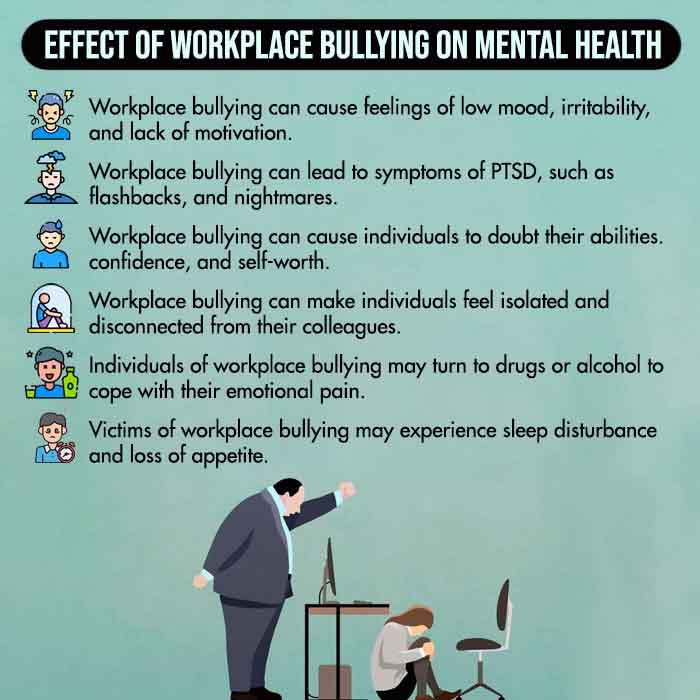
How To Stop Workplace Bullying
Reparations, however, are possible within organizations that commit to a proactive stance on ensuring dignity at work. Transparent discussions, clear policies, and a commitment to institutional courage are essential components.
Educating human resource employees, managers, and colleagues regarding the cycle of workplace abuse is an impactful first step. For example, research shows that simply being cognizant of DARVO tactics decreases its effectiveness (Harsey and Freyd, 2020).
Furthermore, clear and consistently enforced written policies that prohibit the dehumanization of employees are essential in establishing psychological safety, a requisite ingredient for encouraging full and creative participation in the work culture.
Moreover, when bullying behaviour does occur, it is imperative that it is immediately investigated and properly addressed, not dismissed as a personality conflict and swept under the rug.
Related: Workplace Bullying: 10 Tragic Impacts On Employees And The Organization
Lastly, institutions authentically committed to a more just workplace, for the sake of creating a healthy culture, not simply avoiding litigation, can work towards implementing the 11 steps put forth by the Center of Institutional Courage.
Which includes transformative practices, such as implementing checks and balances within the power structure, using trauma-informed care practices to compassionately respond to victims’ disclosures of abuse, engaging in transparent discussion regarding policies and data, and “cherishing the whistle-blower”—recognizing that those who speak out for justice are not threats to the organization but key institutional allies and change makers (Smidt, Adams-Clark, Freyd, & Unger, 2023).
How To Heal From Workplace Bullying
Unfortunately, though possible, as documented above, most institutions fall short when it comes to acknowledging, apologizing, and addressing the wounding brought on by a degradation ceremony, DARVO, moral injury, and institutional betrayal.
Furthermore, these events are rarely the fallout of a single bad actor but instead can be attributed to the explicit and implicit actions of large groups of people operating within a company culture that tolerates and, at times, rewards toxicity, while struggling to accept culpability for damages done.
Thus, though it is admirable, and an important initial first step to search for justice, the pursuit for fairness is often a brick wall, and committing years of banging one’s head against institutional gaslighting and stonewalling can leave the aggrieved party further injured.
However, despite the pain suffered, the invitation for kintsugi awaits. Kintsugi, or “golden repair,” is the Japanese art of using gold lacquer to mend broken pottery, accentuating the cracks, and celebrating this new configuration that is more complex and evolved than its unblemished predecessor (Kumai, 2018).

This metamorphosis of self-discovery begins with a commitment to reframing the target’s hijacked narrative, reconnecting the dots of the tragedy so as to graciously acknowledge the moments they stood steadfast in their beliefs, and continuing to do the right thing even when the wrong thing kept happening.
Inside this re-vision, or seeing again, an empowering realization takes hold, aptly expressed by Holocaust survivor Victor Frankl (1992), “When we are no longer able to change a situation, we are challenged to change ourselves.”
Atop this epiphany, a five-step process unfolds, as documented by researchers Richard Tedeschi and Lawrence Calhoun (2004).
First, upon healing from the pain, new opportunities emerge as a consequence of the trauma, such as the workplace bullying target who starts a support group to aid victims.
Second, relationships are prioritized, as prior connections deepen and new bonds form with those who, too, have endured similar suffering.
Third, there is conscious recognition and admiration for the moments the target stood steadfast in their morals, continuing to do the moral thing at great cost to themselves.
Fourth, there is a general celebration of life’s gifts, prioritizing people over politics.
Lastly, a spiritual union with something bigger than oneself emerges, opening up possibilities never imagined within the confines of an earlier lifetime (Tedeschi, Shakespeare-Finch, & Calhoun, 2018).
Workplace bullying, though often experienced as a nonsensical and invisible enemy, is, in fact, a predictable cycle. This revelation, though daunting, is good news indeed because that which can be defined can be witnessed and eradicated at the institutional level.
Related: Curbing Workplace Abuse: 3 Practical Steps To End Workplace Bullying
However, inside systems that refuse to acknowledge and address the harm done, individuals have the wherewithal and tools to heal themselves in partnership with trained mental health professionals, putting the pieces back together again in a new and brilliant creation, viewing the cracks not as weaknesses but as the golden storylines of a hero’s journey that ultimately brought them into union with their greater self.
References:
Calhoun, L. G., & Tedeschi, R. G. (2004). The foundations of posttraumatic growth: New considerations. Psychological Inquiry, 15, 93–102. Center for Institutional Courage. (n.d.). Center for Institutional Courage. https://www.institutionalcourage.org/. Frankl, V. E. (1992). Man's search for meaning: An introduction to logotherapy (4th ed.). Buccaneer Books. Freyd, J.J. (1997) Violations of power, adaptive blindness, and betrayal trauma theory. Feminism & Psychology, 7, 22-32. Garfinkel, H. (1956). Conditions of successful degradation ceremonies. American Journal of Sociology, 61(5), 420–424. Harsey, S., & Freyd, J. J. (2020). Deny, attack, and reverse victim and Offender (DARVO): What is the influence on perceived perpetrator and victim credibility? Journal of Aggression, Maltreatment, & Trauma, 29(8), 897–916. https://doi.org/10.1080/10926771.2020.1774695. Kumai, C. (2018). Kintsugi wellness: The Japanese art of nourishing mind, body, and soul. HarperCollins. Smidt, A. M., Adams-Clark, A. A., Freyd, J. J., & Unger, D. (2023). Institutional courage buffers against institutional betrayal, protects employee health, and fosters organizational commitment following workplace sexual harassment. Plos One, 18(1). https://doi.org/10.1371/journal.pone.0278830. Suskind, D. (2023). Workplace bullying: Finding your way to big tent belonging. Rowman & Littlefield. Shay, J. (2014). Moral injury. Psychoanal. Psychol. 31, 182–191. doi: 10.1037/a0036090. Tedeschi, R. G., Shakespeare-Finch, J., Kanako, T, & Calhoun, L. G. (2018). Posttraumatic growth: Theory, research and applications. New York: Routledge.
Written By Dorothy Suskind Originally Appeared On Psychology Today
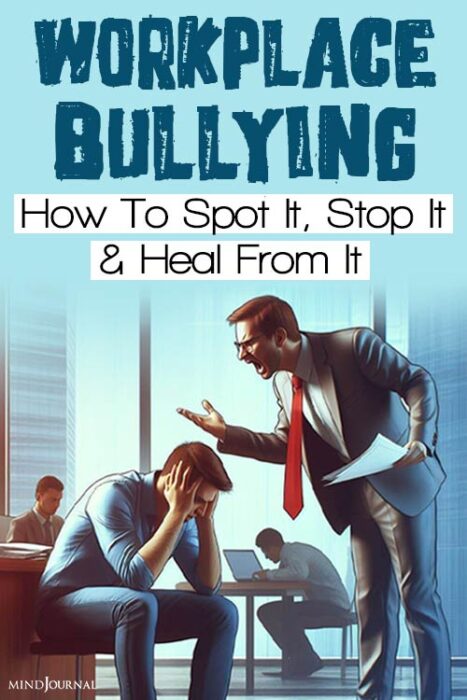
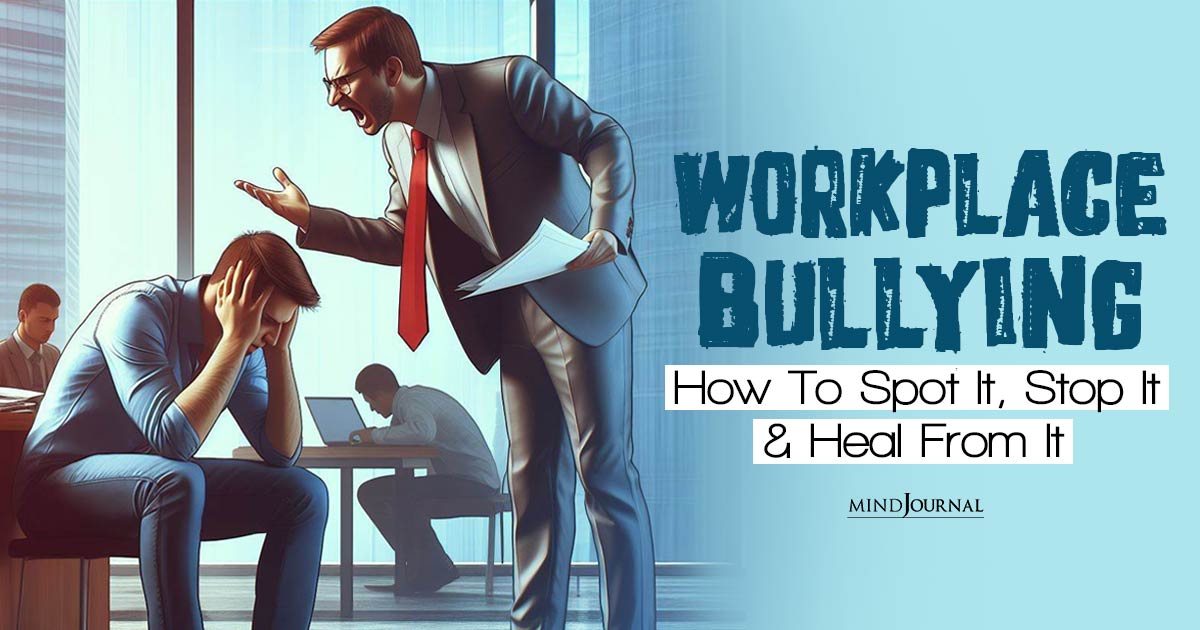
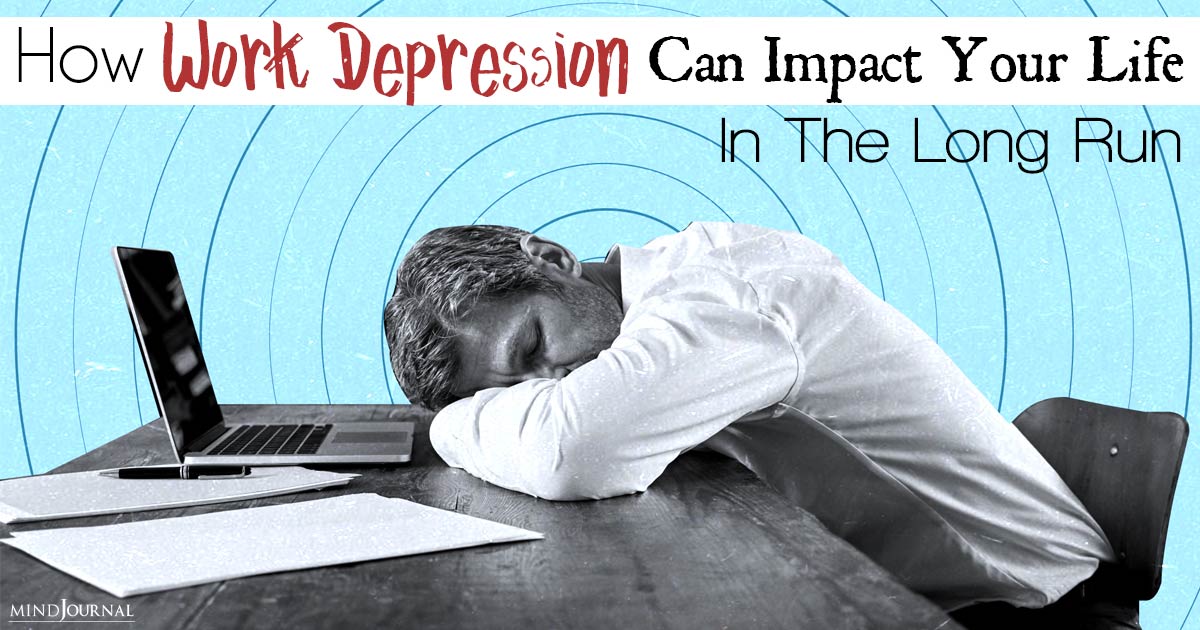
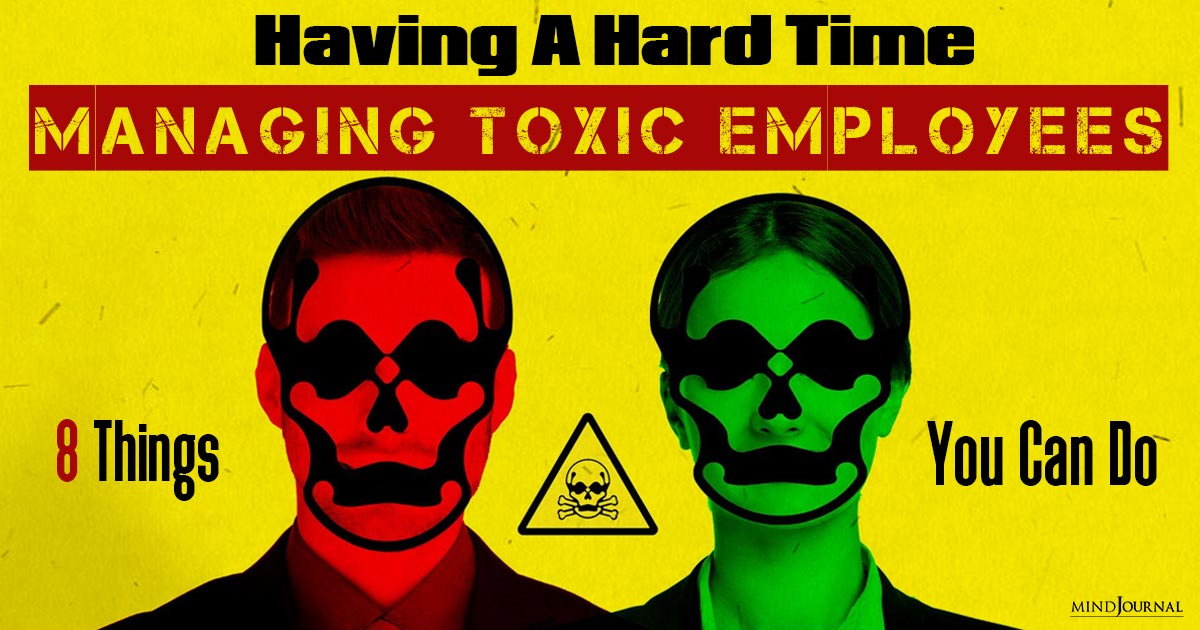
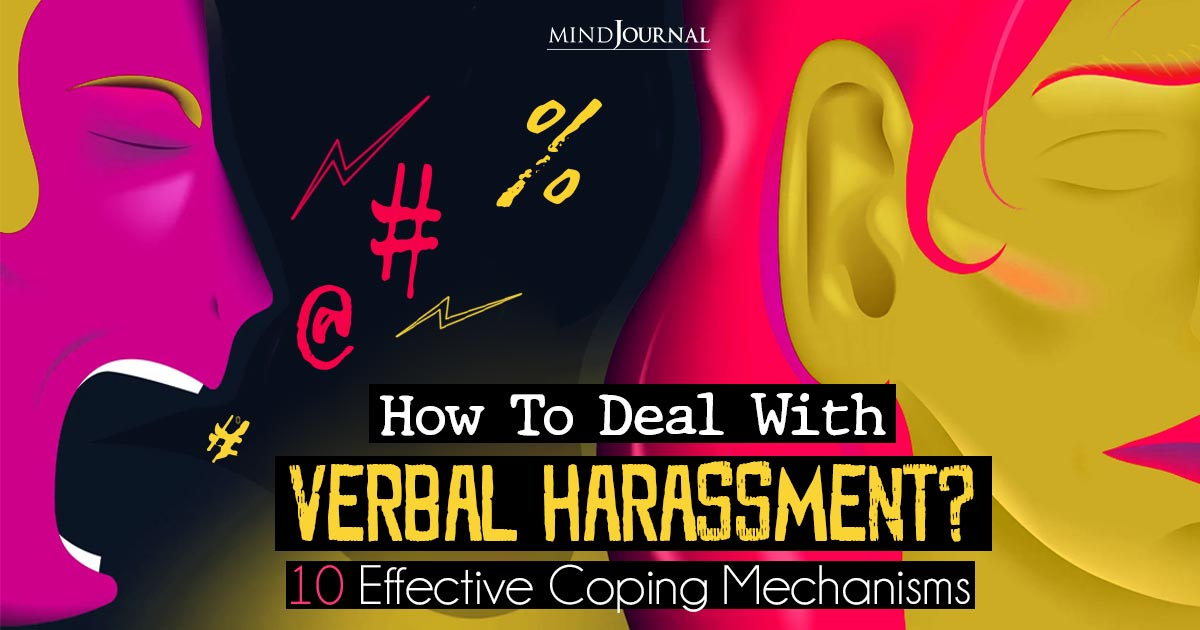
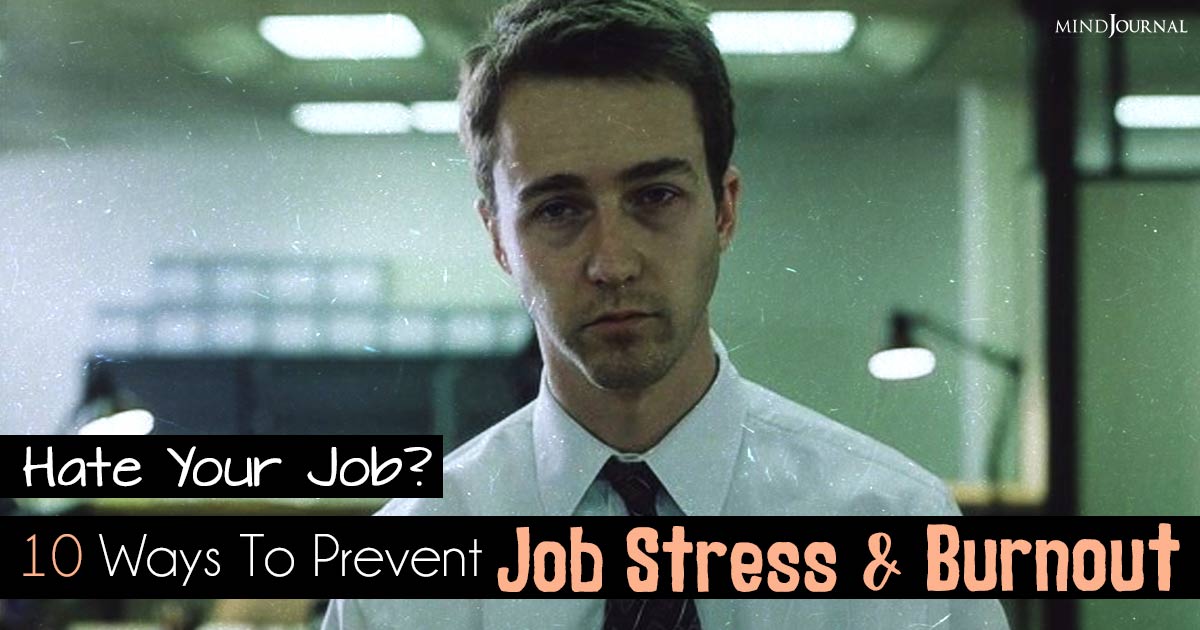
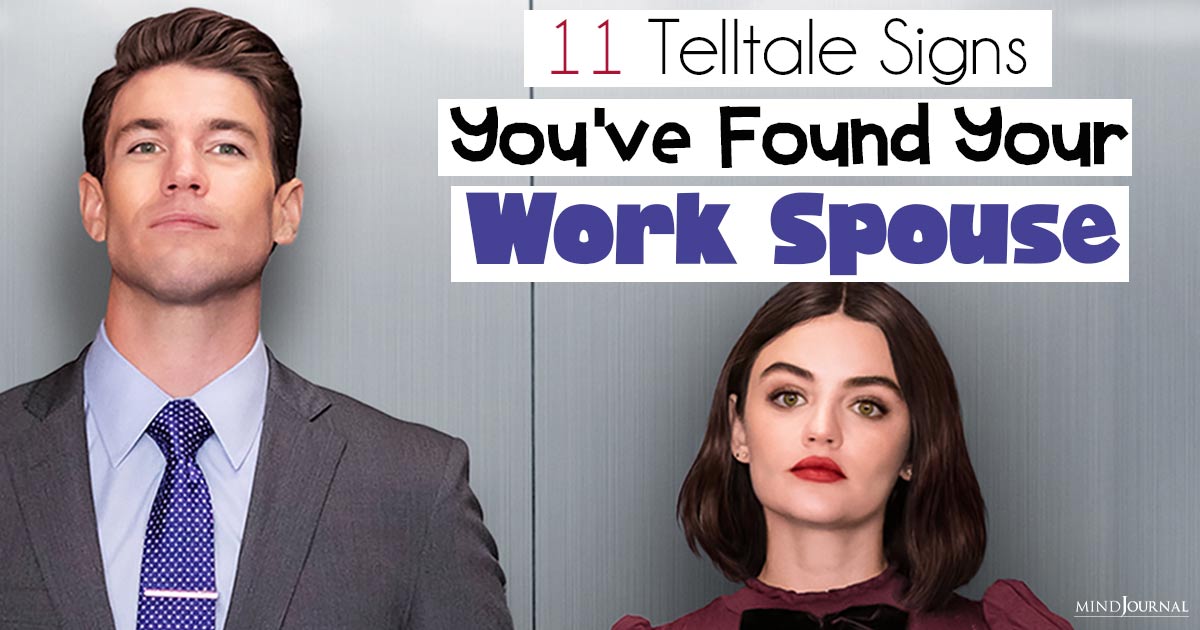


Leave a Reply
You must be logged in to post a comment.